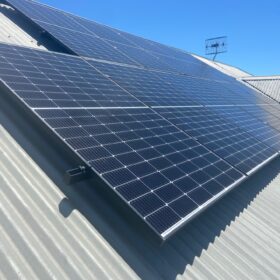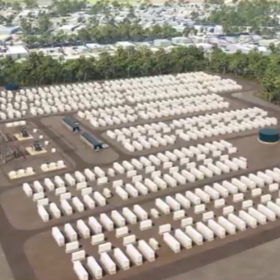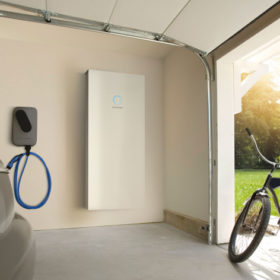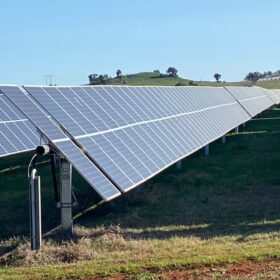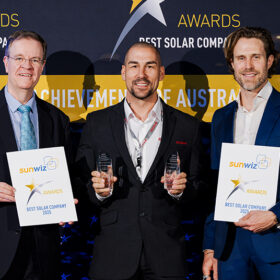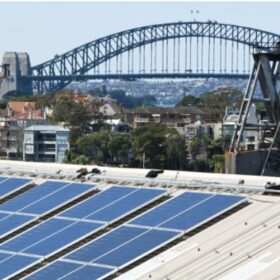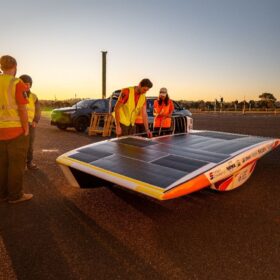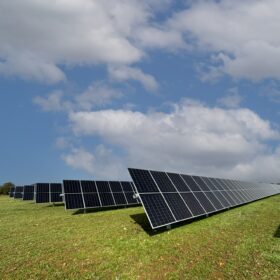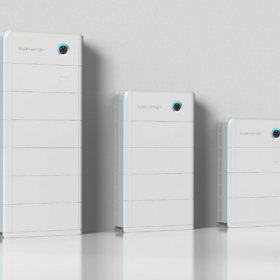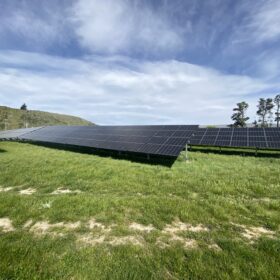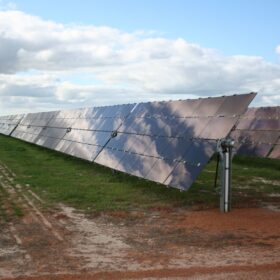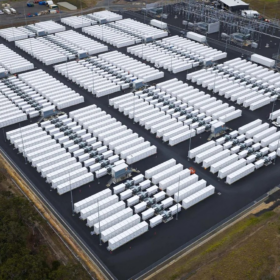Draft review maps consumer energy resources integration reform
Solar generation and rooftop solar are among the biggest catalysts of change to the National Electricity Market, which a draft government review aims to stabilise and improve through nine reform recommendations.
Night-time solar team generates electricity from infrared radiation
University of New South Wales researchers are developing electricity generation from infrared radiation at night using a semiconductor device known as a thermadiative diode.
Marinus Link gets go-ahead to dive straight into stage 1 construction phase
Marinus Link, the 750 MW capacity high voltage direct current electricity interconnector proposed to strengthen the Tasmania and Victoria connection on the National Electricity Market, has reached Stage 1 financial investment decision.
AGL reaches final investment decision on 2,000 MWh Tomago big battery
Australian energy major, AGL, has reached final investment decision on the 500 MW / 2,000 MWh Tomago battery energy storage system in the Hunter Region, New South Wales, and has appointed energy storage company Fluence to deliver the project’s build.
Federal home battery subsidy triggers 1,000 installations per day bonanza
July home battery data released by SunWiz shows Australia is on track to smash 2024 records with the potential for 220,000 installations to be completed in the first 12 months of the federal government’s Cheaper Home Batteries subsidy.
New South Wales invests in Spanish hybrid renewable energy platform
The New South Wales Treasury Corporation, the state’s sovereign investor, has entered into a partnership with United Kingdom-based developer Equitix to grow its renewable energy hybridisation platform in Spain.
GoodWe named top Inverter and battery manufacturer in Australia for 2025
GoodWe has been awarded the number two slot for inverter manufacturing and a top five battery manufacturer in Australia for 2025, according to the rankings released by Sunwiz.
Australia’s renewables target marathon still far from COP28 finish line
Australia is one of only seven countries outside the European Union that has updated its 2030 national renewable target with an 18 GW boost, since the 2023 COP28 global tripling pledge.
Sundrive copper HJT cells to power up ANU racing team’s world solar challenge
Australian National University students are putting the final touches to their solar car Monty, using Sundrive copper HJT solar cells in preparation for the 3,000 kilometre World Solar Challenge from Darwin to Adelaide in August.
Barnaby Joyce wants Australia to abandon net zero – but his four central claims don’t stack up
One-time Nationals leader Barnaby Joyce sought to dominate the first sitting week of the current federal parliament by proposing a divisive plan to reverse Australia’s net zero emissions target.

